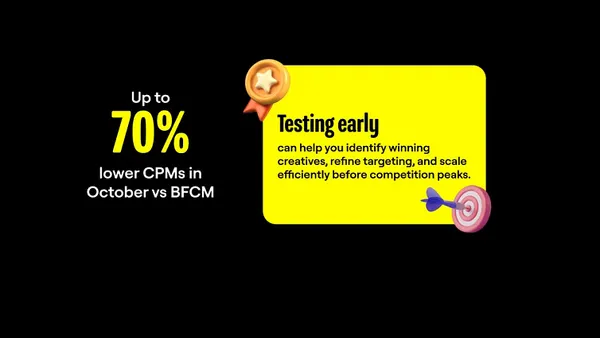 Since the beginning of time, people have been arranging themselves into communities. Tribes formed, villages popped up, and cities emerged. In addition to the obvious and utilitarian functions a community serves, it's in our nature to connect, engage, and interact. Due to the ubiquity of the Internet, where you can find a community for almost any niche (or make your own), this desire to link up has never been easier to fulfill.
Since the beginning of time, people have been arranging themselves into communities. Tribes formed, villages popped up, and cities emerged. In addition to the obvious and utilitarian functions a community serves, it's in our nature to connect, engage, and interact. Due to the ubiquity of the Internet, where you can find a community for almost any niche (or make your own), this desire to link up has never been easier to fulfill.
Since a great deal of today's community interactions take place online, it's important to understand the dynamics of building a successful tribe. I learned that by following the three Fs, you can create a robust, active online community that serves your brand and builds your business.
The three Fs of online community building are finding, focusing, and fostering. Think about it like this: successful community management relies on finding new members, focusing on those people, and fostering engagement within the community. And you have to do all three all the time. You always need to fly your flag and let people know the community exists (finding). And while you're doing that, don't forget to highlight members of the community and get to know them on an individual level (focusing). Last but not least, it's critical to foster engagement between and among members so you're not always prompting the conversation.
Here are some tips on creating your F-driven, three-pronged approach to community building:
1. Find the right people.
Most brands can increase the number of members in their online communities by using promotions, but they often attract people who won't engage after the game or contest is over. Although promotions and sweepstakes can be valuable, aim to find the right audience by creating valuable, shareable content - especially if your brand or product isn't inherently social (e.g. accounting).
Brands can also find their target audience by identifying publications for advertising or editorial contribution, participating in relevant LinkedIn groups and social networks, optimizing their sites for organic search, and forming partnerships that allow them to tap into key influencers' relationships with their audiences.
It's important to consistently find fresh faces that will be interested in your subject matter.
2. Focus on current community members.
Brands that really pay attention to their communities will be rewarded with engaged, committed members. My team manages an online community catering to a very niche market, yet we have nearly 4,000 members, with a large percentage who are engaged. That's because we highlight members by telling their stories. We also send swag and ask for article submissions that earn prominent placements. The success of any community hinges upon the satisfaction of its members.
Here are some tips to make sure focusing on the community is a crystallized part of your process:
- Create an editorial calendar. Schedule content, status updates, and other material that highlights individuals and their contributions to your community. Cultivate these potential ambassadors by consistently following up and putting them front and center.
- Identify power users. Give key members the resources they need to become brand ambassadors. We send branded swag to members who do something that stands out, and members who complete our custom training course receive a diploma, wallet card, and name badge. That type of focused engagement takes people from awareness to advocacy.
- Take the online offline. Connect with members in the real world. People love getting phone calls from our community managers. They rave about our swag program. Come up with ideas that take the online offline, including direct mail, personal calls, and meet-ups.
3. Foster engagement between members.
An online community is only as good as its member engagement. One of your goals should be to foster engagement that happens outside of a community manager prompting the conversation. Get your members connected so they talk without you having to mediate. Think about content that inspires spinoffs and personal touches.
In the wake of its "Most Interesting Man in the World" campaign, Dos Equis did a nice job of encouraging people to make memes and parodies that were fun and shareable. Sure, beer is an inherently social product, but any industry can foster a self-sufficient space where the conversation continues even when you step away. You want your community to require no prompt to engage. Members should be talking to each other, as well as to you or your brand. If this isn't happening, get an outside perspective. Sometimes, a jumpstart is all you need.
In this digital age, online communities are the new clubs, neighborhoods, and town halls. Once you get your content pointed in the right direction, it's time to adopt the three Fs. If you want to build an active online community, make sure you're consistently finding new members, focusing on people, and fostering engagement.
image:community/shutterstock








